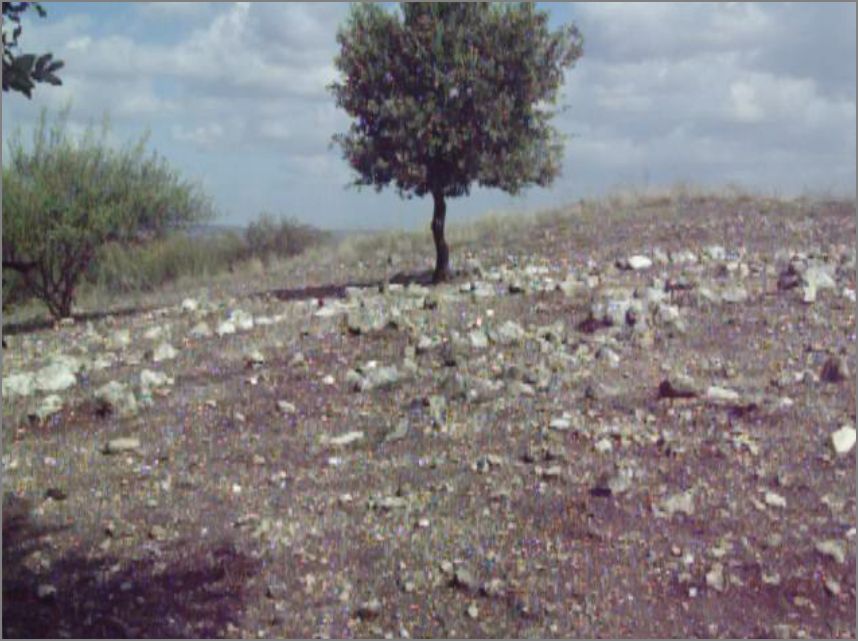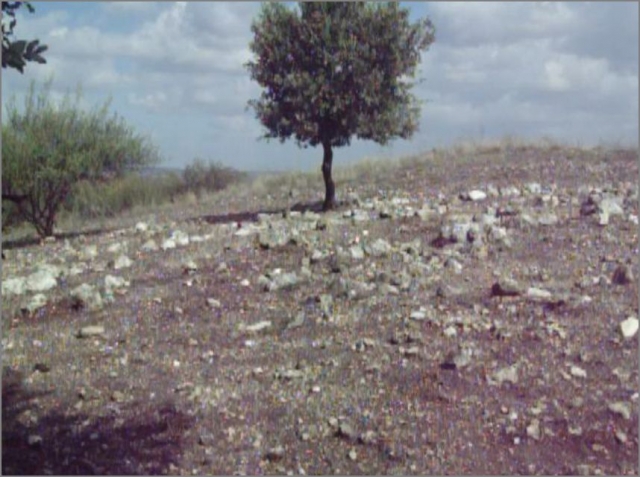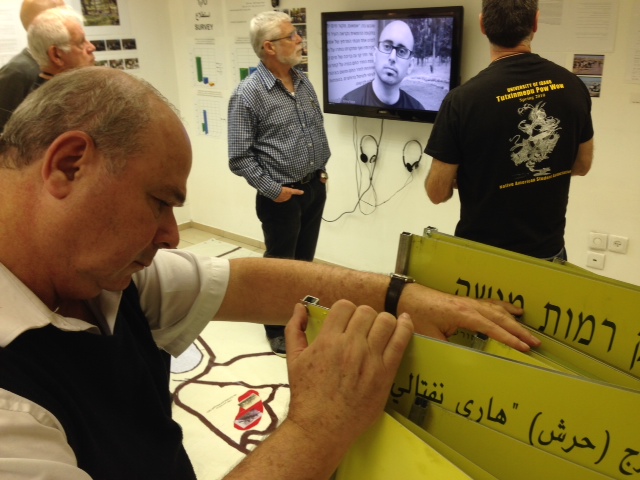Info
District: Haifa
Population 1948: 640
Occupation date: 13/04/1948
Occupying unit: palmah
Jewish settlements on village/town land before 1948: None
Jewish settlements on village/town land after 1948: Hazorea expansion
Background:
Abu Zurayq Before 1948
The village was located 24 km from Haifa in the northern foothills of a region known as the bilad al-rawha' (the fragrant country), overlooking the plain of Marj ibn 'Amir. Its houses, scattered at some distance from one another, were built of stone and mud or cement, with either concrete roofs, or made out of mud, straw, or wood. The inhabitants of Abu Zurayq were Muslims. The village had a mosque and a boys' elementary school, and water was drawn from a number of sources.
Agriculture and animal husbandry were the main economic activities, with grain as the main crop. Vegetables were also grown using irrigation, in addition to olive and fruit trees. A tell dating mostly from the Bronze and Iron ages was next to the village, which also contained materials belonging to the early Islamic period. Additionally, a rich sequence of Paleolithic stone tools have been found on the terraces ground above the tell, while northwest of 'Ayn Abu Zurayq were the remains of an isolated Roman farmhouse.
Occupation, Depopulation, and Israeli Settlements
After seizing Abu Zurayq briefly three days earlier, Palmach units took control of the village on 12 April 1948. Breaking a two-day truce to emerge from the settlement of Mishmar ha-'Emeq, the Haganah overran a cluster of neighbouring villages. Upon entering Abu Zurayq, the Palmach attackers took fifteen adult males captive, as well as 200 women and children [Benny Morris]. The women and children were further expelled towards Jinin, but there is no information regarding the fate of the men.
The Palestinian newspaper Filastin, however, provides a more graphic account: as dawn broke, on the morning after the Zionist troops had occupied the village, a Haganah unit stationed to the north came across a number of villagers lying face down in the village fields. The Zionist forces surrounded these people - old men, women, and children - and opened fire, killing two women and four children, and taking captive a group of thirty people. An Arab force counterattacked later, liberating the villagers and taking them to Jinin.
Some of Abu Zurayq's houses were blown up on the night of the occupation, and the demolition of the village was completed by 15 April. On the following day, Haganah engineers had blown up the houses left standing. According to Filastin, thirty houses were blown up in the course of capturing the village, five of which were still occupied.
The settlement of ha-Zore'a has been established in 1936, north of the village lands.
The Village Today
The site is now overgrown with cactus plants, fig and olive trees, while the nearby lands are used for agriculture and pasture.
-----------------------------------------------------------
Source: al-Khalidi, Walid (ed.). All that remains: the Palestinian villages occupied and depopulated by Israel in 1948. Washington DC: 1992.





